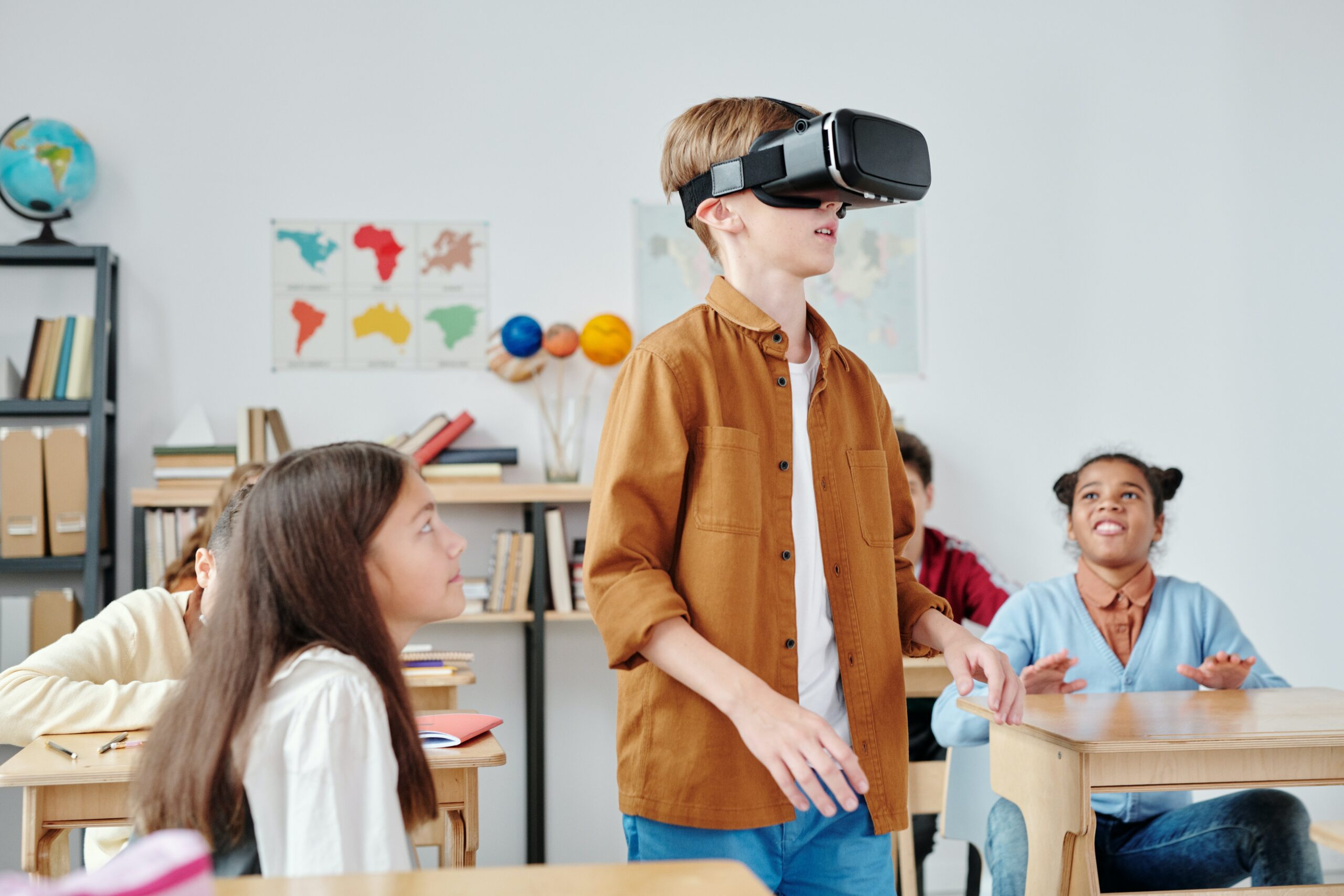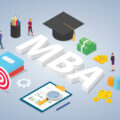It has long been no secret that innovation enhances learning, helping students achieve new heights. Various innovations have already made a huge impact on education, but this is only a small part of what we can expect shortly.
Innovative technologies can assist with real educational breakthroughs, simplifying and updating learning processes. Integration of multimedia, gamification, utilizing mobile applications, etc. will help diversify presented material. Technologies help deliver information in new memorable ways, making it fascinating and more easily digestible. Today we will talk about innovative concepts that will elevate regular classrooms, help streamline as well as enhance the education process.
Upgrade Your Classroom in 8 Easy Steps
Computerization
Computerization implies the integration of teaching disciplines with computer science, as well as computerization of assessment and communication in general – computers can be used at any stage of an educational process. Children may learn to work with different programs, study using electronic textbooks. Teachers can deliver information via computers or projectors.
Electronic journals are another way of utilizing modern technologies – they make tracking kid’s results fast and easy.
Computers, the Internet, and novelty software facilitate remote teaching. They allow performing online excursions and hold conferences or consultations. With modern-day tech, kids can study anywhere, not just in the classroom. Read more about benefits of computerization in a modern classroom.
Gamification
Gamification is used to make learning livelier as well as more interactive. Gaming technologies are recreational as well as educational, which allows them to:
- Stimulate memory;
- enhance creativity;
- promote fast decision-making;
- develop kids’ interest in various disciplines;
- nurture outside-the-box thinking;
- help with self-expression.
Modern teachers should strive to learn more about gamification in education.
STEM Technologies
STEM combines disciplines of science, technology, engineering, mathematics. Incorporating STEM education with its modern technologies into school’s curriculum is crucial, because it makes kids more prepared for their future, familiarizing them with modern advancements.
Nowadays all students are expected to have basic knowledge of technologies and science, but these disciplines are demanding. Many tasks modern students receive in class today greatly differ from regular lab assignments and essays children are used to. However, if you are a student who needs essays help online, experienced professionals can aid you with academic writing for any discipline.
VR/AR Technologies
There are many reasons to use VR in education. Modern children can study school subjects using virtual or augmented reality technologies with more ease. For example, wearing a VR headset, a child will be able not simply observe historical events, but even participate in them. Such immersive learning allows kids to engage and better assimilate information. After all, it is better to see something once than hear about it a thousand times!
Learner-Oriented Approach
Student-centered learning recognizes a child as the central focus in the educational process. The goal is to develop student’s personalities, taking into account their individual qualities. This approach implies that it is not the students who must adapt to the educational system or teacher’s style, but instead, teachers, using their skills and knowledge, must organize learning according to the student’s characteristics.
Modern teachers should know the psychological, emotional, cognitive characteristics of their students and plan lessons accordingly. Selected methods and ways of presenting the material should cater to students’ interests. Educators today should act not as leaders, but rather as partners or advisors to yield better results.
Using Video Materials
Modern children do everything with the help of YouTube. Surveys show that the number of kids who watch videos daily doubled in the last few years. Modern teachers recognize the growing appeal of visual content and utilize videos, films, and recorded lectures in their teaching.
Presentations, slides, diagrams, etc. contribute to a better understanding of the topic because they are easy to follow and present information clearly. Visual components make any topic more engaging and easier to remember.
Emphasis on Projects And Research
The main goal of such an approach is developing an ability to search for data independently, think creatively, and solve problems. The teacher’s task is awakening interest in doing research and creating conditions for it. When working on a group project, skills of teamwork and communication are built, and the ability to network is developed.
Doing individual research, writing papers on it is a great way to learn, but creative writing is not everyone’s forte. TopWritersReview will help you find the best writing services online to help you on your academic path.
Storytelling
Storytelling is a technique that involves using stories to achieve educational goals. It is built around telling a story with a specific structure and an interesting character that learners can easily associate with.
It is long proven that storytelling helps kids learn. It can be woven into the curriculum to make younger students more engaged and attentive. Storytelling performs several important functions at once: mentoring, motivating, educational, as well as developmental.
Embrace the Change
Changes in the educational field are necessary and inevitable. Additionally, students are usually willing to accept something new, especially if it’s fun, interesting, and unusual.
Educational innovations will help to extend the learning process beyond classrooms, encouraging informal daily learning. Innovative technologies, modern approaches to teaching will nurture young receptive minds. This way, inquisitive children will grow into capable, forward-thinking, creative adults!


















